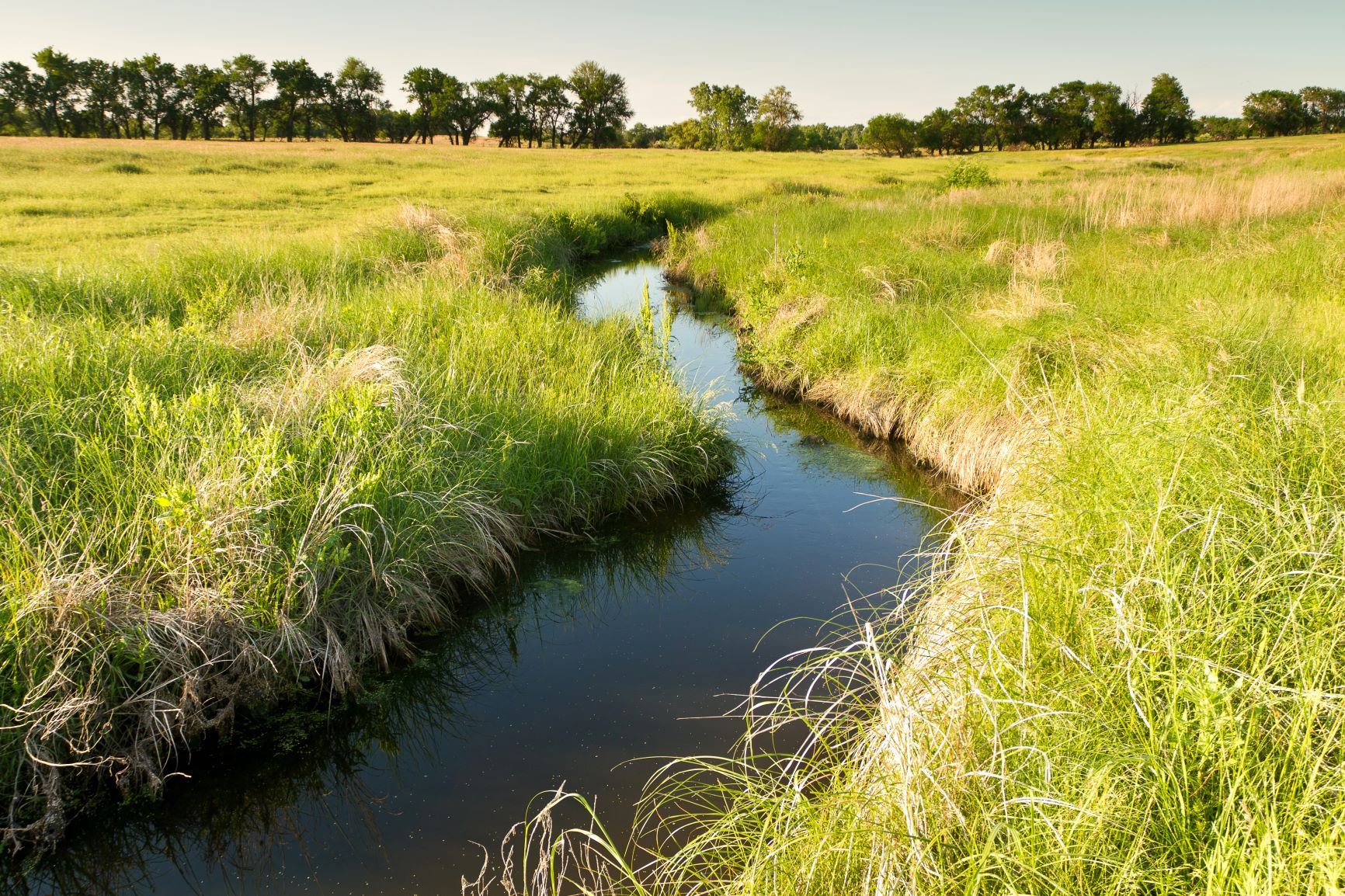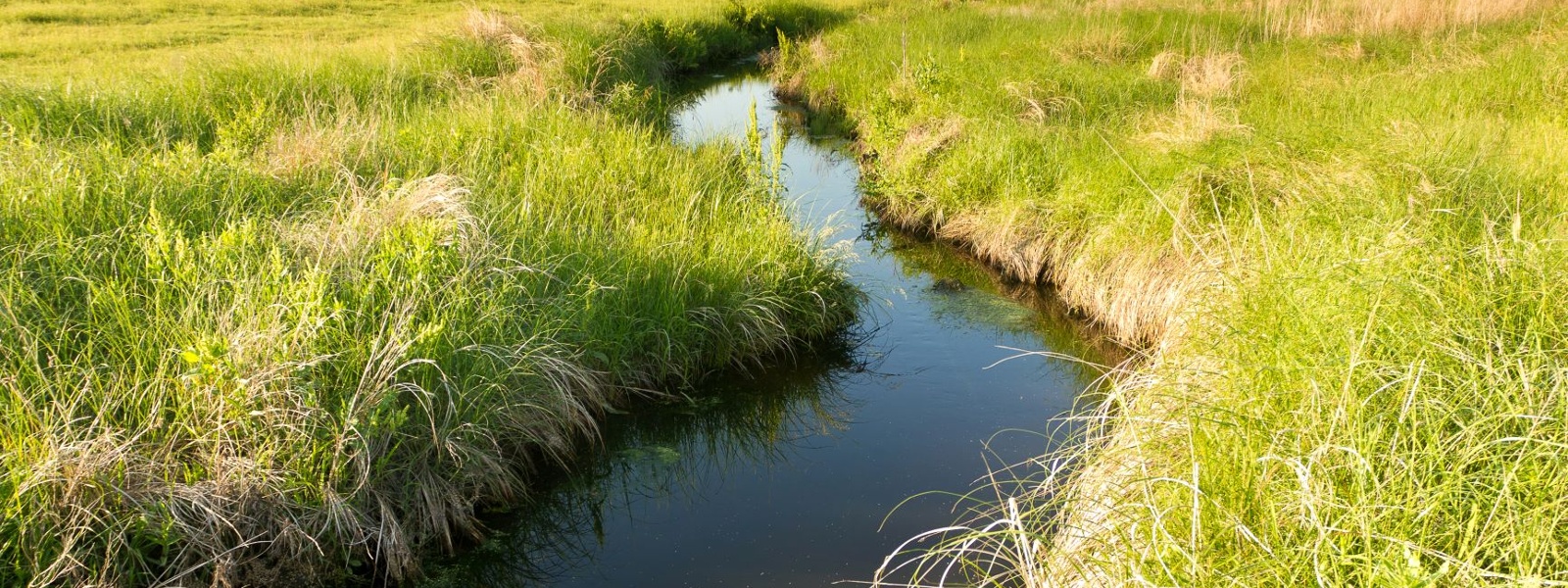New 'waters of the U.S.' rule still problematic for farmers


By Ching Lee
After the U.S. Supreme Court set boundaries for what bodies of water the federal government can regulate, some farm groups say they’re disappointed a revised rule meant to conform to the court ruling fails to bring clarity and certainty to agricultural landowners.
The U.S. Environmental Protection Agency and the U.S. Army Corps of Engineers issued a final rule late last month that amends what “waters of the United States,” or WOTUS, are covered under the Clean Water Act.
The updated rule, which took effect last week, revises the federal definition of WOTUS so that it’s more in line with the Supreme Court’s decision last May in Sackett v. EPA.
Farm groups praised the ruling, which they said reined in the agencies’ authority and resolved years of uncertainty for farmers, who for years have sought more clarity on what constitutes a WOTUS.
Unless exempted, nearly any activity that occurs within a WOTUS requires a federal permit. Farmers say they fear a simple misjudgment in determining what on their land is and isn’t a WOTUS could trigger civil fines and criminal penalties if they do not obtain a Clean Water Act permit, which can take years and cost tens or hundreds of thousands of dollars.
Farm groups say there was hope that the Sackett opinion would force the Biden administration to scrap its existing WOTUS rule altogether and write a completely new one that incorporates what farmers for years have asked for. Instead, the administration mostly deleted language from the WOTUS definition made invalid by the high court but left other parts of the rule “vague and amorphous,” said Courtney Briggs, senior government affairs director for the American Farm Bureau Federation.
“EPA had a golden opportunity to write a ‘waters of the U.S.’ rule that’s fair to farmers and stands the test of time, but instead chose to continue government overreach and revise only a small slice of the rule that was rejected by the Supreme Court,” AFBF President Zippy Duvall said in a statement.
As directed by the court, the revised rule removed from the WOTUS definition all references to the so-called “significant nexus” test, so that it can no longer be used to determine what is a WOTUS. Under that standard, a body of water falls under federal jurisdiction if there is a “significant nexus” between it and navigable waters.
Farm groups say the significant nexus test has been used by the federal government for years to assert ever-increasing jurisdiction over vast swaths of the nation’s land and water by regulating even areas that ordinarily are dry.
Under the previous rule, wetlands separated from other WOTUS by dikes, berms, barriers, beach dunes or similar features are considered “adjacent wetlands” and can be regulated under the Clean Water Act. In the revised version, “adjacent” now means “having a continuous surface connection” to other larger water bodies such as oceans and rivers.
The new rule makes clear that wetlands do not fall under federal jurisdiction merely because they cross state lines. In addition, streams and wetlands are federally regulated only if they are “relatively permanent, standing or continuously flowing” and share a continuous surface connection with a WOTUS.
Farm groups say phrases such as “relatively permanent” are ambiguous, as the rule does not set measurements to quantify what constitutes relatively permanent flow. They say the new rule also does not clearly define what it means for a wetland to have a “continuous surface connection.”
As such, the rule still leaves “a lot of uncertainty” about how the agencies will treat features such as ephemeral streams, said Erin Huston, federal policy consultant for the California Farm Bureau, referring to areas of land that occasionally get wet or that become wet only due to rainfall. Such features, she said, are abundant in the West.
The Waters Advocacy Coalition, which represents various industry groups including AFBF, said some of its members have reported that the EPA and Army Corps “are unwilling to say that ephemeral streams cannot satisfy the ‘relatively permanent’ standard.” The group noted the agencies previously “interpreted the ‘continuous surface connection’ requirement expansively, so there remains considerable confusion as to whether that expansive interpretation is consistent” with the Sackett ruling.
The Biden administration’s previous WOTUS rule already excluded certain farming activities and water features from needing a federal permit. They include prior converted cropland, ditches, artificially irrigated areas, artificial lakes or ponds, water-filled depressions, swales and erosional features such as gullies and small washes that are characterized by low volume, infrequent or short duration flow.
In a podcast, Mary-Thomas Hart, chief counsel for the National Cattlemen’s Beef Association, described the agricultural exemptions as “hugely important.” With narrowing of the WOTUS definition, she said farmers also “don’t have to worry about other isolated features.”
Though she said she thinks ephemeral features may be largely safe from federal regulation, she said she would like to see more clarity from the agencies in the form of future guidance documents or rulemaking.
AFBF’s Courtney Briggs said the EPA and Army Corps have addressed only the “headline grabbing aspects” of the Supreme Court decision by getting rid of the significant nexus test, “but they are trying to exploit aspects of the rule in order to expand their jurisdictional reach.”
“Even worse, the agencies blocked public input and engagement in the revision process,” Briggs said.
The EPA and Army Corps said they were making the rule effective immediately in part because many states and industry groups that challenged the previous rule had “advocated in litigation for quick action…citing the need for regulatory certainty and less delay in processing approved jurisdictional determinations and certain Clean Water Act permits.”
Twenty-three states, including California, are subject to the updated rule. The other 27 states have pending lawsuits against the Biden administration for its previous WOTUS rule, which had been in effect since March. Those 27 states are subject to the pre-2015 WOTUS rule consistent with the Sackett opinion, the agencies said.
“Thus, we are back to multi-rules and different states regulated in different manners,” said Kari Fisher, senior counsel for the California Farm Bureau.
Regardless of where farmers are in the country, Fisher stressed that the Supreme Court opinion applies only to the federal Clean Water Act and not to state laws that regulate waters within their borders. In California, for example, the State Water Resources Control Board has its own wetlands policy on how it defines a wetland and how it regulates dredge-and-fill activities in the state.
To provide updates on the definition of waters of the United States, the EPA and Army Corps so far held two public webinars and will hold one more on Sept. 20 from 12-1 p.m. The agencies said registration capacity is limited and that they will post a recording of the webinar to the EPA website at www.epa.gov/wotus. To register for the remaining webinar, go to www.epa.gov/wotus/2023-rule-revised-definition-waters-united-states-training-presentations.
(Ching Lee is an assistant editor of Ag Alert. She may be contacted at clee@cfbf.com.)




